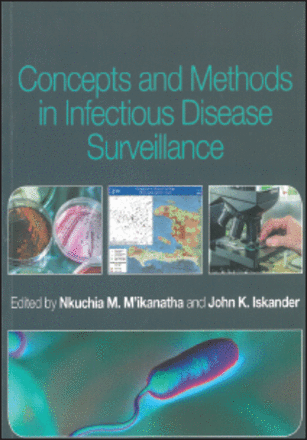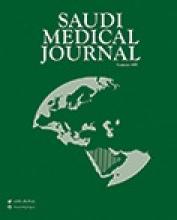
The infectious diseases surveillance programs has become a challenging obligation for an effective public health system response and action that deals with its growing needs. Building such programs needs trained and experienced personnel to handle evolving necessities. The “Concepts and Methods in Infectious Diseases Surveillance” book has a rich academic resource detailing functional and effective infectious diseases surveillance knowledge. It highlights the basic principles, challenges and opportunities in establishing an effective surveillance system.
This book which has been published in 2014 by John Wiley & Sons, with 254 colored medium size papers in 22 chapters and 4 sections. Forty-one academic and hands on Public Health Officers, Epidemiologists, Community Medicine Physicians, and Legal Analytics shared their knowledge and experiences in their respective fields of work in this book.
The first section covers the introduction to infectious disease surveillance. It discusses about its history and rationale for the activity, which is to serve in the prevention and control of infectious diseases in the community and in health care institutions. It also gives an overview of the legal basis on sharing personal and health informatics between different jurisdiction, and quarantine in the US health system. The second section discusses 10 different surveillance systems that cover disease specific or group of diseases or sitting. The third section goes over methods used in surveillance and data analysis. It covers different levels of global, national, and laboratory surveillance systems and the use of geographic information system in surveillance. Conceptual challenges for the analysis and interpretation of surveillance data are discussed and case studies are given to elaborate the understanding. The last section covers the importance of communication in surveillance, and the lessons learned from the program in New York City, which covers training experiences and research activities with the community and the Universities involvement in training and support.
The book covers almost all major topics, which makes it an essential reference for training of beginners and intermediate students in the field of public health studies to learn about infectious diseases surveillance. The combination of the knowledge and experiences in different infectious disease surveillance systems in this book make it also useful for those in the public health career.
- Copyright: © Saudi Medical Journal
This is an open-access article distributed under the terms of the Creative Commons Attribution-Noncommercial-Share Alike 3.0 Unported, which permits unrestricted use, distribution, and reproduction in any medium, provided the original work is properly cited.






